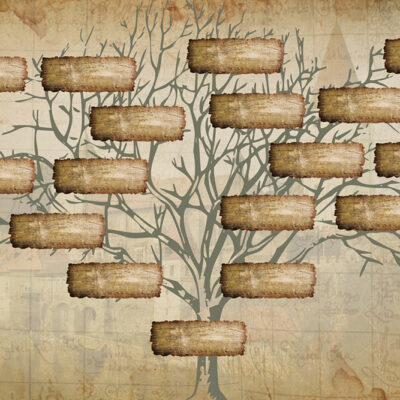
Home warranty – Process, costs, and top providers
Home warranty plans are special service contracts that cover the cost of repairing or replacing major home appliances. These plans can be purchased directly from a home warranty company to provide an extra layer of financial protection and the convenience of connecting with affiliated contractors to fix problems promptly. Unlike a homeowner’s insurance and the manufacturer’s warranties, home warranty plans cover system and appliance malfunctions that do not fall under any of the other categories. What does a home warranty plan cover? Coverage for home warranty plans differs greatly from one plan to the next. Generally, they include wear and tear of HVAC systems, plumbing systems, electrical systems, refrigerators, dishwashers, washers, dryers, ovens, stoves, garbage disposal, water heaters, etc. However, home warranty plans may not cover things that are already covered by manufacturer’s warranties. What is the process of filing a home warranty claim? Here’s the process of filing a home warranty claim in case of an appliance malfunction or breakdown: 1. Check the coverage Since every home warranty plan is different, one needs to be aware of exactly what is covered. In every service contract, this information is listed under the coverage overview, which describes what the warranty will address, how, and what is excluded from coverage.
Read Article 









